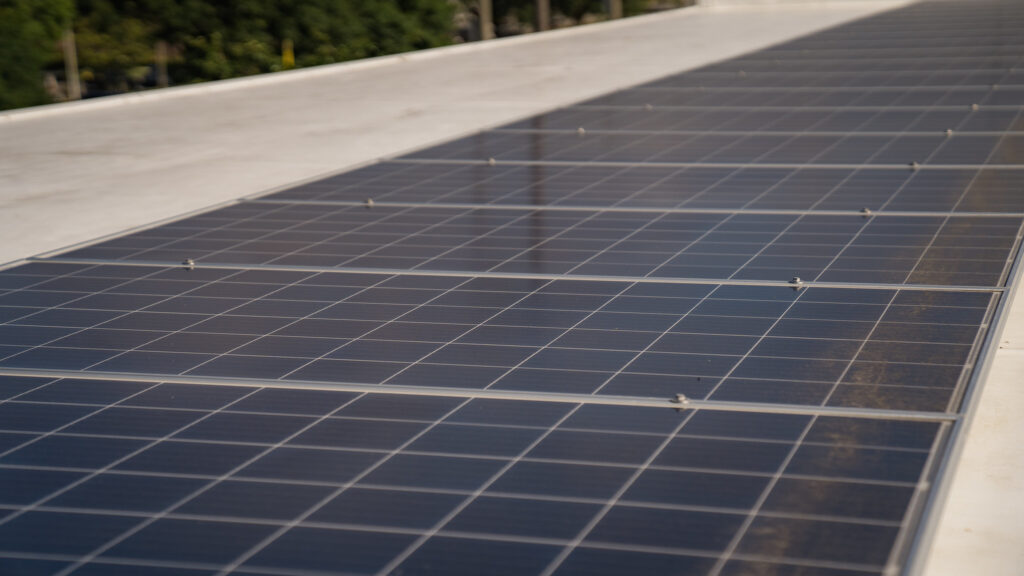
In order to meet international climate targets, we need to cut greenhouse gas emissions in half over the next decade and reach net-zero by mid-century. Achieving this will require unprecedented and rapid changes in how energy is supplied, distributed and used.
Researchers at several European universities collected data on a wide variety of energy technologies at different scales and tested how well they performed in accomplishing an accelerated low-carbon transformation.
Large-scale, costly, non-divisible or so-called lumpy technologies, such as utility-scale generation, nuclear power, carbon capture and storage, high-speed transportation, and whole-building retrofits are often seen as the most effective way to achieve emission-reduction goals. A key finding of their study is that low-carbon technologies that are smaller scale and can be mass deployed are more likely to enable a faster transition to net-zero emissions.
So-called granular options include solar panels, electricity storage batteries, heat pumps, smart thermostats, electric bikes, and ride-share services. These options scale not by becoming larger but by replicating.
Small-scale options are quicker to deploy, their technologies have shorter lifespans and are less complex, so innovations and improvements can be brought to market more rapidly. They are also more widely accessible and help create more jobs, giving governments a sound basis for strengthening climate policies.
However, smaller-scale technologies are not a panacea. There are no small-scale replacements for industrial plants and other kinds of major infrastructure, but in many different contexts, they can outperform larger-scale alternatives as a means of accelerating the low-carbon transformation.
**********
Web Links
Smaller scale solutions needed for rapid progress towards emissions targets
Photo, posted April 8, 2019, courtesy of the City of St Pete via Flickr.
Earth Wise is a production of WAMC Northeast Public Radio.
Leave a Reply